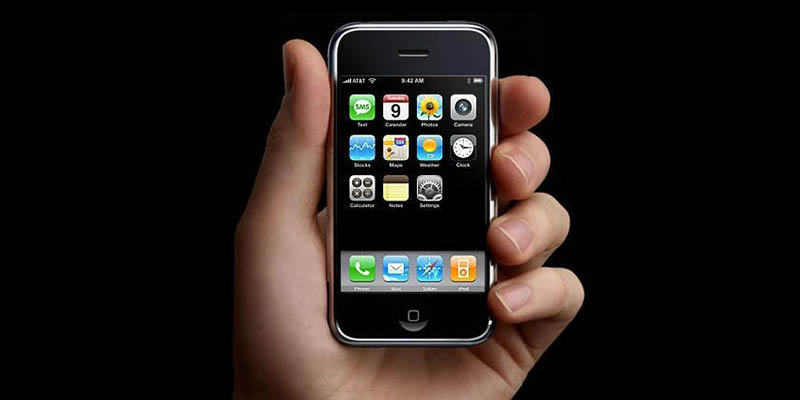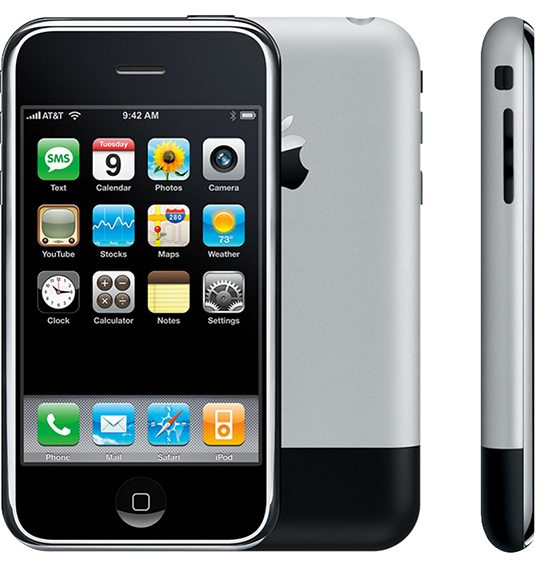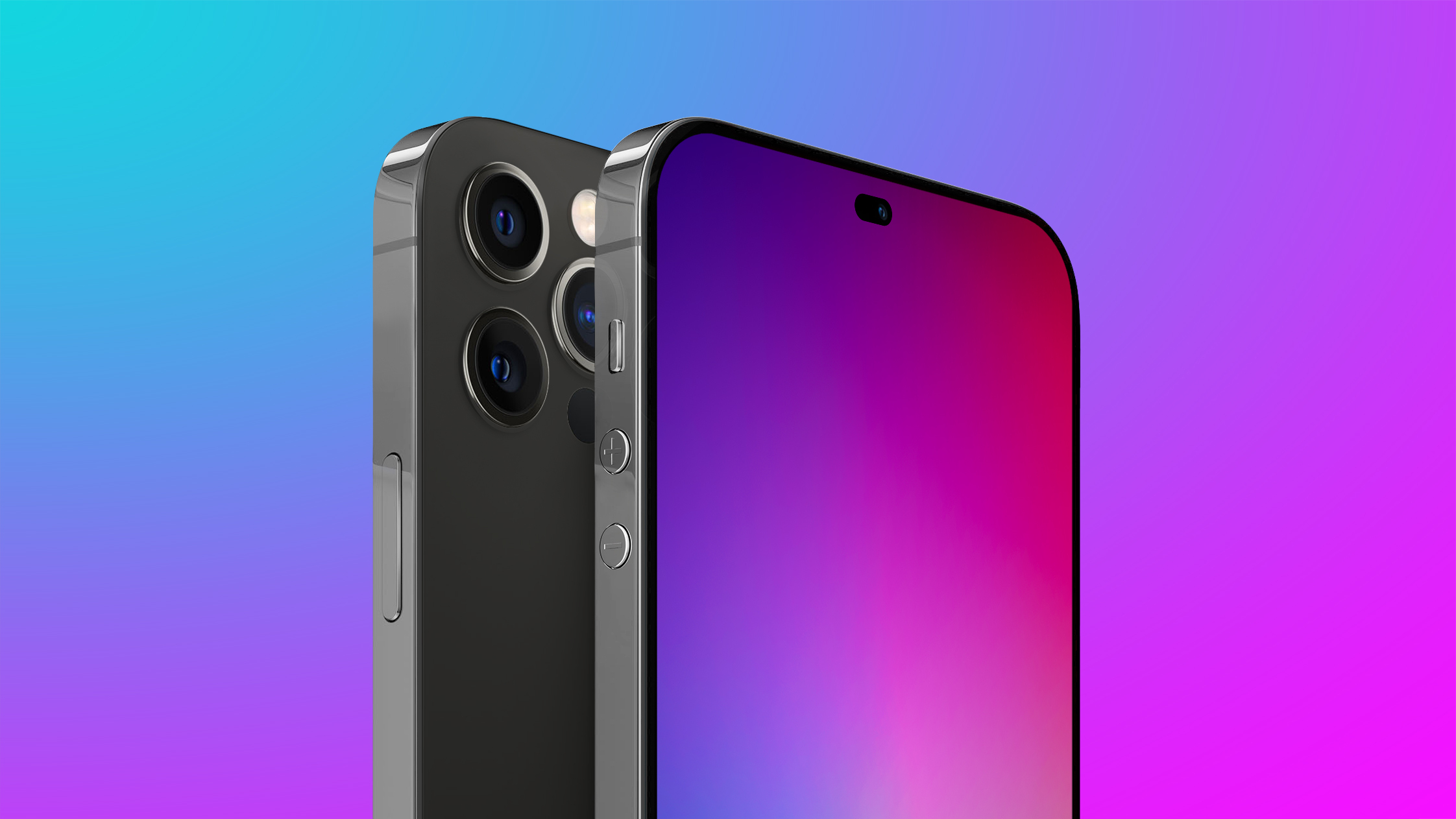
The original iPhone was a tiny little thing with a 3.5-inch LCD display, a plain old Home button, a thick chassis, huge bezels, a Samsung processor, and a 2-megapixel camera, but it was still unlike anything else that was on the market at the time.
Smartphones at the time relied on limited display area, hardware-based keyboards, and styluses for screen interaction, but the iPhone stood apart because it a limited number of physical buttons and instead relied on a multi-touch display, which was more intimate and interactive.
Jobs described the iPhone as three revolutionary products in one: an iPod with touch controls, a phone, and a breakthrough internet communications device. "Today, Apple is going to reinvent the phone," Jobs famously said, and he couldn't have been more right.

Since 2007, Apple has led mobile phone design, dictating the features and capabilities that are must-haves for smartphones and inspiring other manufacturers to follow in its footsteps. Features like Touch ID, Face ID, sleek designs, and incredible camera technology have kept Apple competitive, as have other improvements over the years. Earlier this week, we highlighted 15 changes that Apple has made since introducing the original iPhone.
No other smartphone maker has been able to match Apple's deep integration of hardware and software or its unparalleled chip designs, and that's why iPhones continue to be the smartphone of choice for a huge number of people worldwide.
Apple in January 2021 said that there were more than 1 billion active iPhones worldwide, which is a staggering number, and the success of the iPhone has driven Apple to become the world's first company to surpass a $3 trillion valuation.
Every year, Apple manages to make us excited about an iteration on a 15-year-old product. There are promising updates in store for the iPhone 14, including the first notchless design that will see Apple adopting a hole-punch display that will provide more available screen space.

We're also expecting faster performance than ever with the A16, improvements to 5G, and innovative safety features like car crash detection and satellite support for reporting emergencies when cellular signal is unavailable.
Apple is exploring the future beyond the iPhone as well, preparing for the day when the smartphone might be obsolete. The first AR/VR headset is could be unveiled in 2022, and while it will be bulky, expensive, and focused on VR experiences, we can expect Apple to iterate and improve on the headset experience until some kind of head-worn wearable becomes indispensable.

AR/VR headset rendering by Ian Zelbo
We don't know what the iPhone will look like when Apple's 30th iPhone anniversary rolls around, but we at MacRumors will be here to tell you all about it. What do you think Apple has in store for the distant future? Let us know in the comments.
Tags: iPhone, Steve Jobs
Related Forum: iPhone
This article, "Today Marks 15 Years Since Steve Jobs Unveiled the Original iPhone" first appeared on MacRumors.com
Discuss this article in our forums
0 Commentaires